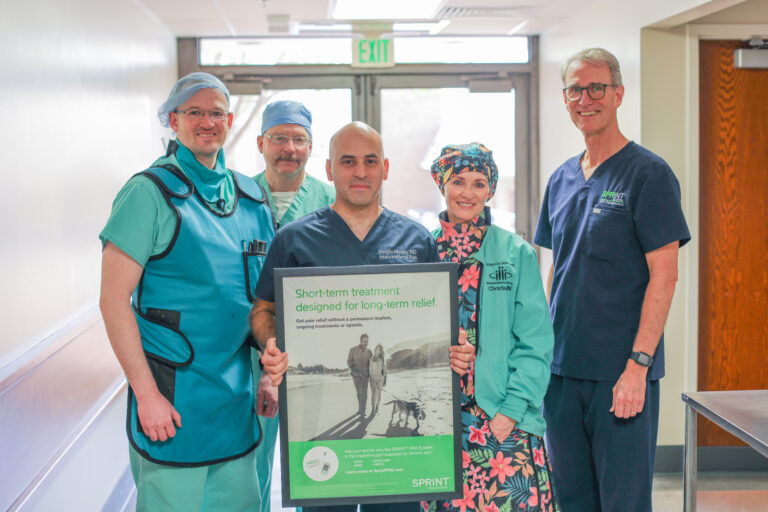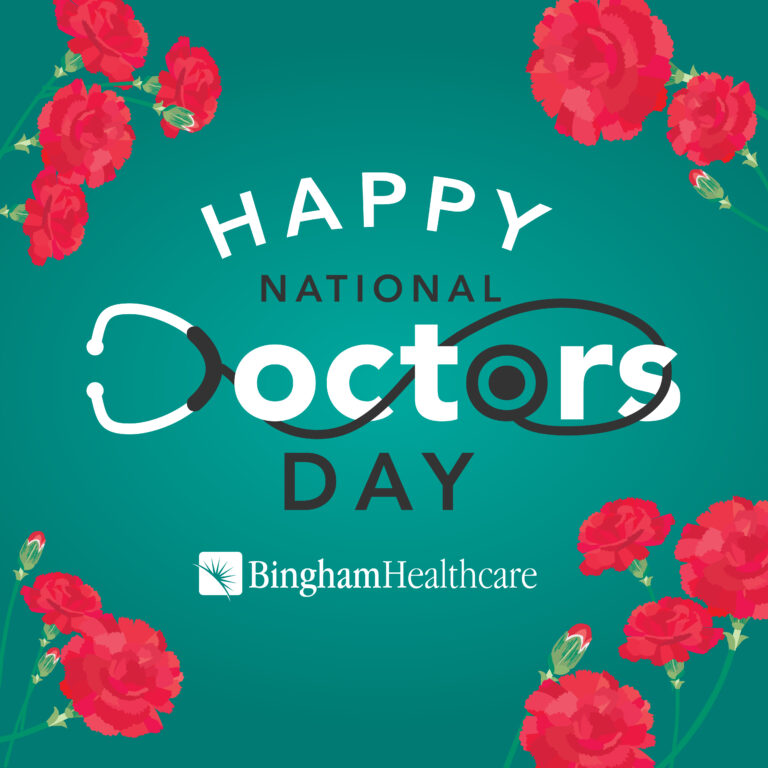
Why Mammograms Matter
Because October is Breast Cancer Awareness Month, it’s important to be reminded about women’s health and cancer screenings. We are always pleased to provide you with the latest information about breast cancer, including screening guidelines and answering questions about breast self-exams and mammograms.
Regular screenings—a combination of mammograms, clinical breast exams, and self-exams—save thousands of lives each year and can help catch cancer earlier, when it’s easier to treat. The month of October, or during your birthday month, is an ideal time for women to have their yearly mammogram.
WHY SHOULD YOU BE CONCERNED ABOUT BREAST CANCER?
Cancer is a general term for more than 100 diseases in which abnormal cells multiply uncontrollably. Breast cancer, in particular, is a term for several cancers that begin in the breast. The most common form of breast cancer is called ductal carcinoma and begins in the lining of the ducts.
Millions of families are impacted every year by breast cancer, but do you know the following?
- Other than skin cancer, breast cancer is the most common cancer in American women.
- It also is the second-leading cancer killer of women, after lung cancer.
- Every woman has a chance of getting breast cancer.
- About 1 in 8 women will find out she has breast cancer at some point in her life.
Those statistics might sound scary, but you’re not a statistic. Today most women with breast cancer survive it. With breast cancer screenings, including mammograms, doctors often can find cancer early. The good news is that with early detection and treatment, the majority of women diagnosed with breast cancer will be alive and well more than five years after their diagnosis.
The best defense in the fight against breast cancer is living a healthy lifestyle and following early detection screening guidelines recommended by the American Cancer Society.
AGES 20–39:
- Have a breast exam by your doctor or nurse, at least every three years.
- Report any breast change to your doctor right away. Breast self-exam is an option for finding changes.
AGES 40* AND OLDER:
- Have a mammogram every year for as long as you’re in good health.
- Have a breast exam by your doctor or nurse every year.
- Report any breast change to your doctor right away. Breast self-exam is an option for finding changes.
For more information about frequently asked questions about breast cancer and mammograms, click here.
SCHEDULING YOUR MAMMOGRAM IS EASY!
Call your physician’s office when it’s time for your annual mammogram. If you don’t have a physician, call the Pocatello Women’s Health Clinic at (208) 782-3900.
*Please note: Some women—because of their family history, a genetic tendency or other factors—may need to have an MRI in addition to a mammogram. Talk to your doctor about your history and whether you should have an MRI at an earlier age.



